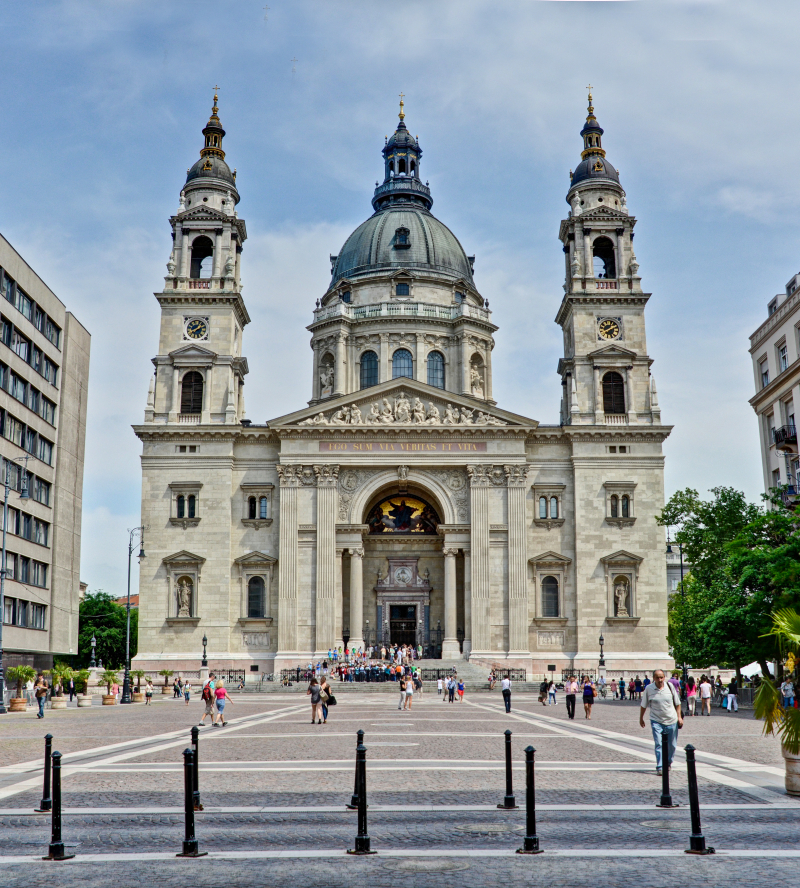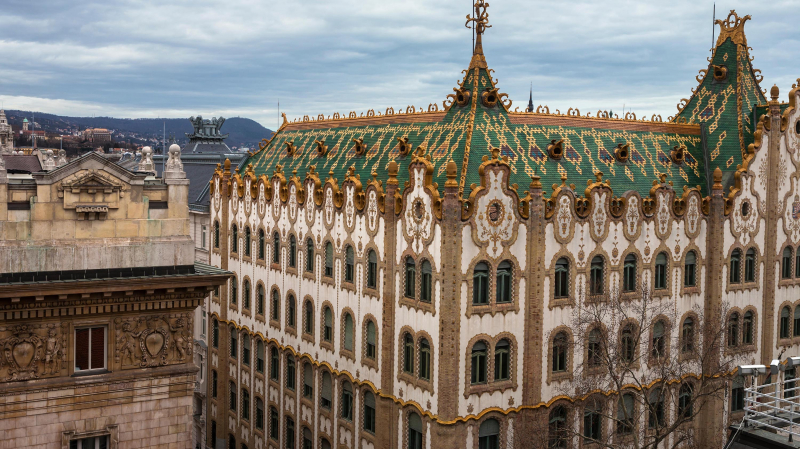Architecture
The architecture of Hungary is defined as the architecture of the land of the country of Hungary, and, more broadly, of the Kingdom of Hungary, from the conquest to the current day. Hungary is home to the largest synagogue in Europe (Great Synagogue), the largest medicinal bath in Europe (Széchenyi Medicinal Bath), the third-largest church in Europe (Esztergom Basilica), the world's second-largest territorial abbey (Pannonhalma Archabbey), the world's second-largest Baroque castle (Gödöll), and the largest Myles Necropolis outside Italy (Pécs).
The Hungarian invasion of the Carpathian Basin established a country's architectural history. The Migration Period did not totally demolish the Roman province's roads and cities, but rather developed new communities on them. The Roman structures were converted into mines and houses. The churches of the Slavic peoples that were converted to Christianity, as well as Zalavár's, survived.
The Anjou rulers laid the groundwork for Visegrád's Citadel and Royal Palace. After Sigismund, Holy Roman Emperor, a direct link was constructed between the Fresh Palace construction and the royal center in Prague. Sigismund constructed the new wing of the Fresh Palace as well as the Tower of Bones that rises above the city.
Hungary's Baroque art has long coexisted with the late Renaissance. It arrived with European currents and was initially established in literature after the work of Péter Pázmány. The Classicist form of a specific national variation dominated Hungarian architecture in the first half of the nineteenth century. In this manner, the emerging national consciousness took shape. Ferenc Kazinczy's work has expanded and established a popular tablet style.
As contemporaries, the new generation of architects growing up in the special socioeconomic conditions of the period following the Hungarian Revolution of 1956 of university students, young instructors, and practicing architects lived together the constantly changing events of socioeconomic and technical, artistic, and architectural events. As a result, they became "a representation of the Hungarian creative architecture generation" at the end of the twentieth century, bridging the gap between the earlier pioneers and the new ones coming after them.












